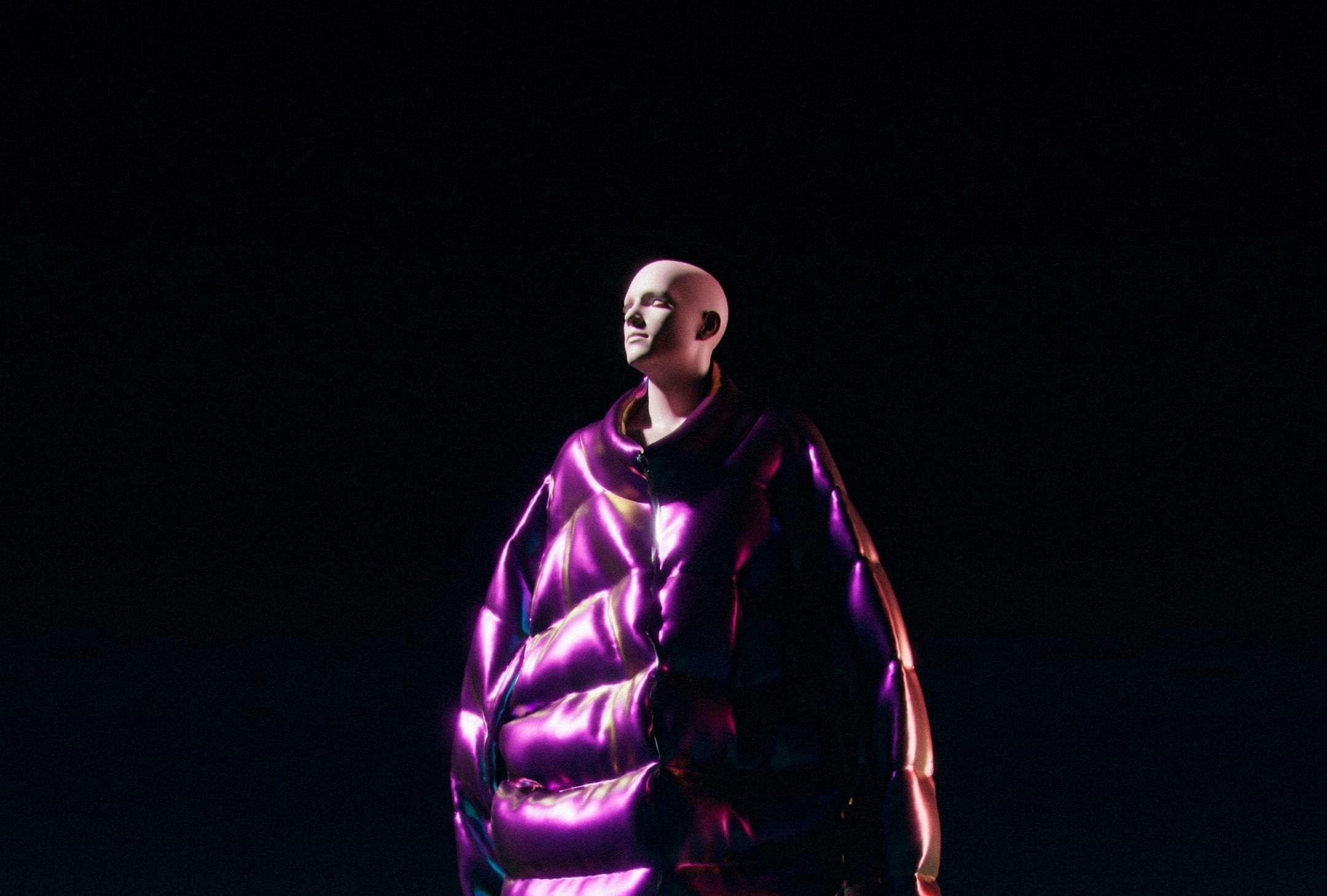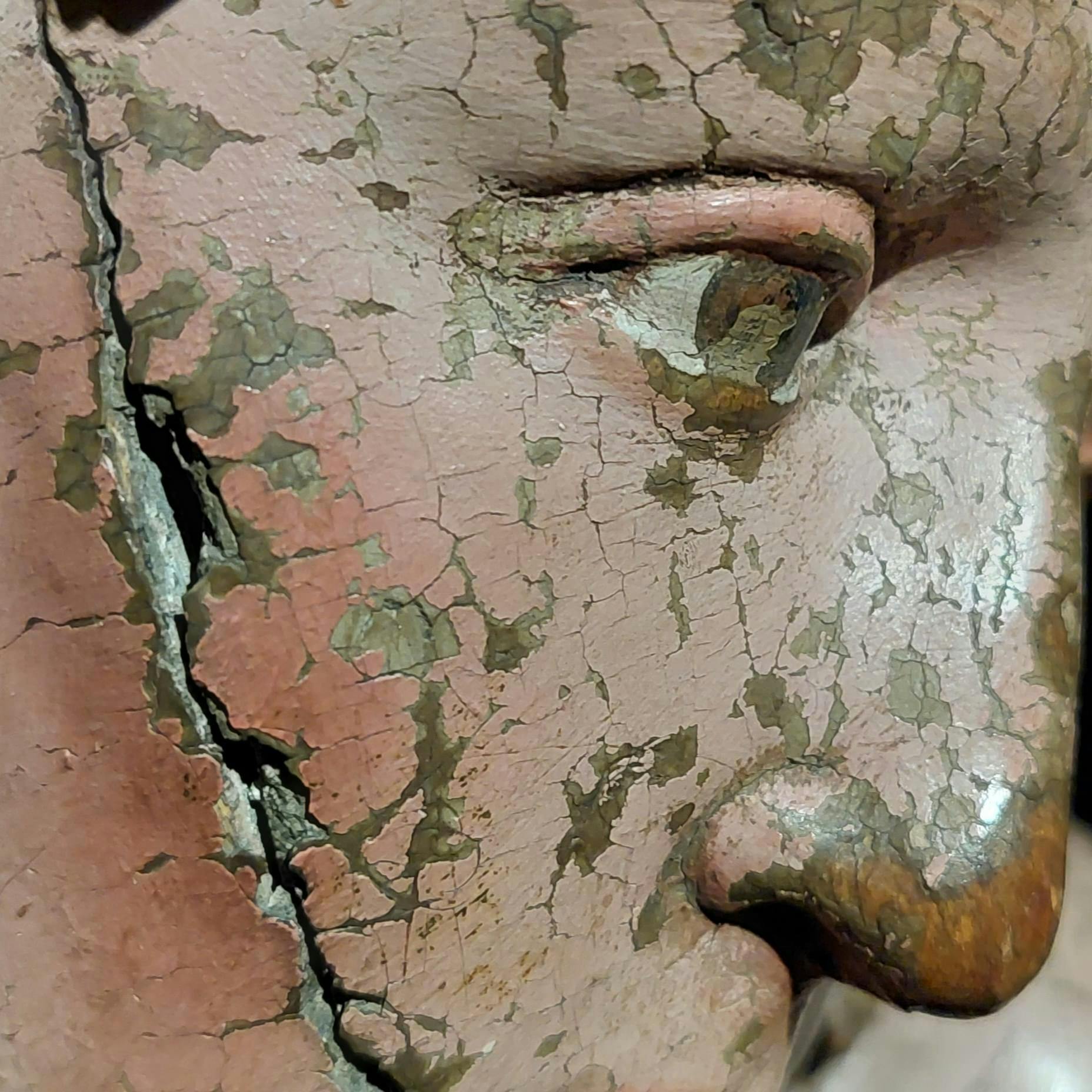
Inspiration: five examples of digital transformation outside the cultural sector
Let a diverse range of digital projects inspire you to reach a wider and more diverse audience! With technologies that connect and create impact. From Virtual Reality (VR), the metaverse and Augmented Reality (AR) to the use of NFTs and AI (Artificial Intelligence). This is how organisations outside the cultural sector are remaining in step with the changing needs of their target groups.
Discover the possibilities by reading about these marvellous practical examples.
1. The Fabricant
Reaching the audience of the future with sustainable and digital-only fashion
Digital-only fashion house The Fabricant (Opens an external link) demonstrates how the fashion sector can become more sustainable. At the same time they appeal to the audience of the future, Gen Z. This is the generation that pre-eminently defines what contemporary culture is all about. Fashion is a part of that, and the question is how the fashion industry can remain relevant for an audience that constantly changes its (digital) identity. And without contributing to the massive waste flows that are typical for this industry. The Fabricant leads by example.The Fabricant was the first to launch a digital platform where visitors can try on digital clothing using their self-created avatar (a personal representation in the virtual world). Their vision is to replace the physical experience of buying clothes and to offer visitors unlimited means of self-expression. But also to offer fashion brands and designers a new, sustainable and creative way to access the digital market. This can substantially reduce the massive production and waste flows, while the profit margins for designers and fashion houses remains the same.

Following the launch of its platform, The Fabricant is now also making big strides in the field of NFTs. NFT members can design, sell or wear fashion collections on the platform. They furthermore have access to exclusive co-creation events, free digital clothing, workshops and special digital fashion experiences. In short, The Fabricant is working hard to build the number one metaverse wardrobe and to remain in step with the needs of their audience of the future: sustainably, and digitally.
What is an NFT?
NFT stands for 'Non-Fungible Token', and is a unique series of characters or digits with which you can show who owns a particular digital object. You can compare it to a ‘digital ownership certificate’, and is for instance used when displaying digital art works. NFTs are stored in a blockchain, which is a new type of ‘public’ database in which (approved) transactions are recorded.
2. Unveil
Making art photography globally accessible
Unveil (Opens an external link) is a Dutch start-up and the first global platform for art photography that makes use of NFTs. The platform was founded by art photographer Alexander Sporre, blockchain expert Titus de Jong, and digital designer Julian Mollema. Their goal: to make the international art market accessible for (especially) new talent.
Achieve more reach and impact by working together
Art photographers can present their work and share their stories on Unveil. They can also sell their work on this platform in a safe, easy and transparent manner by using blockchain technology and NFTs. The platform demonstrates an admirable multidisciplinary collaboration between various experts, ranging from art photography and digital design to blockchain technology. It is a collaboration that achieves a greater reach and stronger impact this way.
3. KPN, Maya VR and the Rijksmuseum
Connecting with VR: countering loneliness among the elderly population
KPN Mooiste Contact Fonds, digital care enterprise Maya VR, and Amsterdam’s Rijksmuseum have joined forces to alleviate loneliness among senior citizens. They created and offered a virtual visit to the Rijksmuseum for some 3000 care home residents. The elderly visitors were offered a guided tour by an art history student in small groups, using a VR headset. Afterwards they were able to chat with each other.
Virtual Reality gives elderly people an opportunity to experience a day out and to interact with others, without leaving the comfort of their own home. This way they can enjoy all sorts of experiences that would otherwise be beyond their reach.

4. Plastic Soup Foundation
Creating impact using AI: increasing public awareness of microplastic pollution
The Plastic Soup Foundation is an organisation devoted to making people more aware of the relationship between plastic and health. Working with an app developer named Pinch, they created the ‘Beat the Microbead (Opens an external link)’ app to make people aware of the huge amount of microplastics in cosmetics, in an interactive and accessible manner.
The app uses the AI technology of text recognition. You use the app on your phone to scan the ingredients on your cosmetics product, and the app tells you whether your product contains microplastics through colour coding. Red means ‘yes’, orange means ‘probably, but the information is insufficient’, and green means ‘no’. Each time you scan a product, you also contribute to the Plastic Soup Foundation database. They then use the data to persuade public authorities of the risks associated with these microplastics. In short, it is a project that uses digital technology to increase awareness and achieve a strong impact.

5. Froggipedia
Bringing biology lessons interactively to life using Augmented Reality (AR)
Froggipedia (Opens an external link) is an app that lets school pupils discover the anatomy and life course of a frog in a playful and interactive manner. And it dispenses entirely with the need to actually dissect a frog. Point the camera of your iPad or iPhone (the app is not yet available for Android) at the table top, and a true-to-life frog appears on the screen. Pupils can then proceed to examine the animal from all angles. Organs, skeleton and more can be studied in detail.
Using AR is a sure way to actively engage the pupils in the lesson. It adds an extra dimension to education and not only makes lessons more fun, but also more comprehensible and efficient. You could describe this approach as the education of the future, for your audience of the future.
Would you like to make use of digital lesson materials?
The makers of culture-educational materials are often the first link to the audience of the future. How can you utilise this opportunity and make it part of your digital transformation strategy? You can learn how in the Digital Culture Education Workshop. Sign up to participate, or recommend it to your colleagues!
